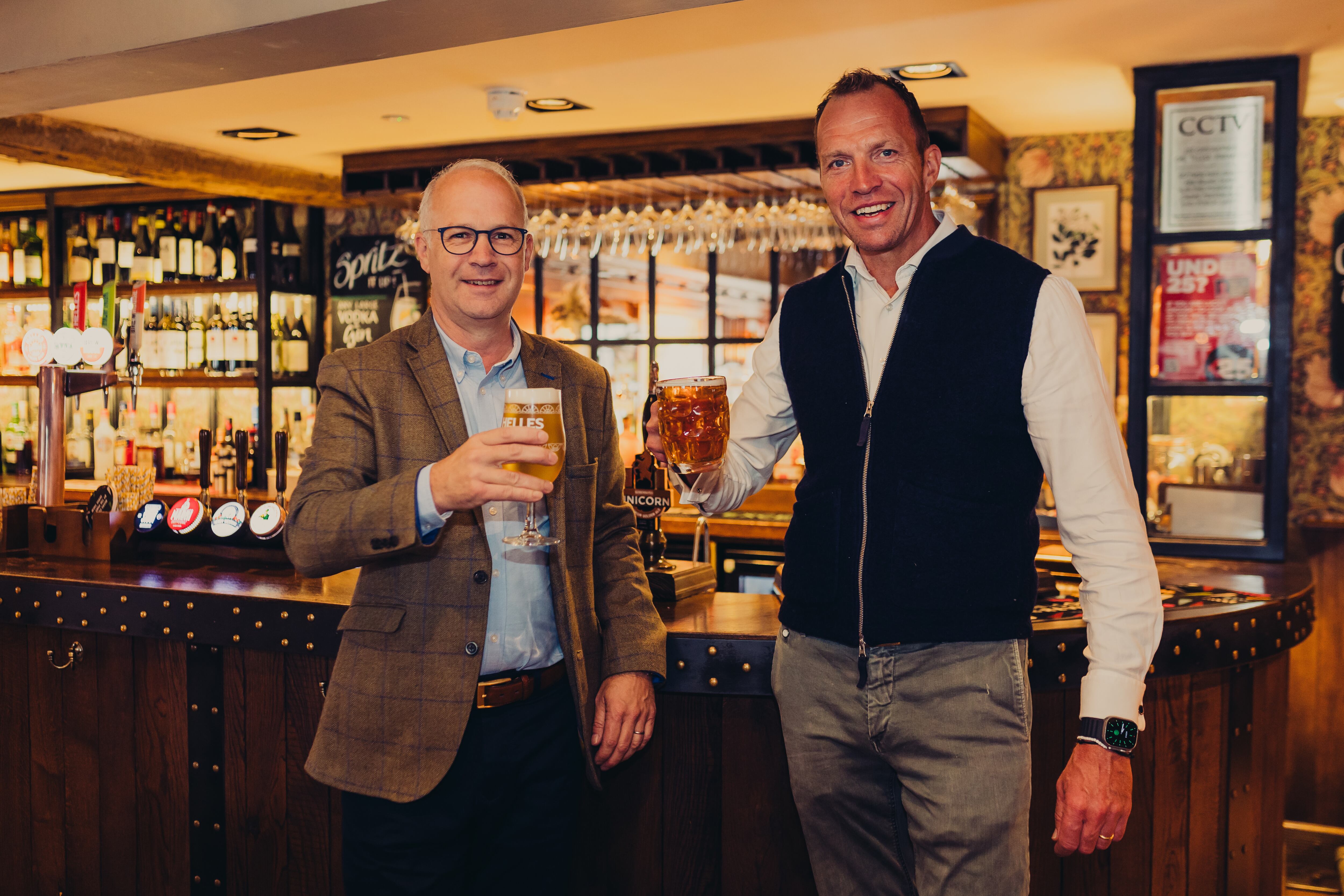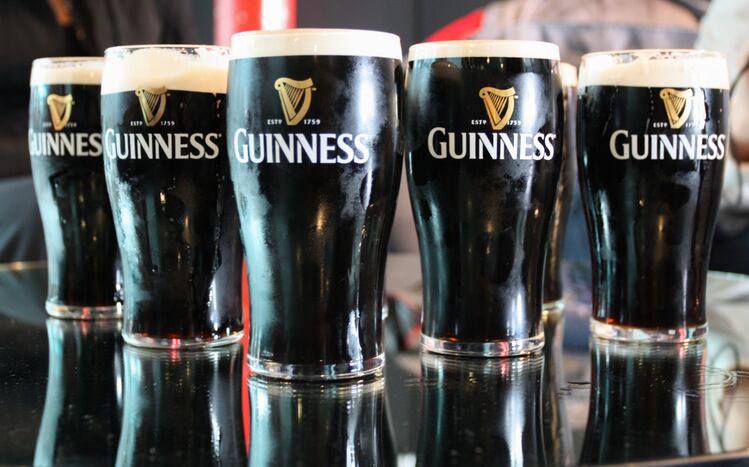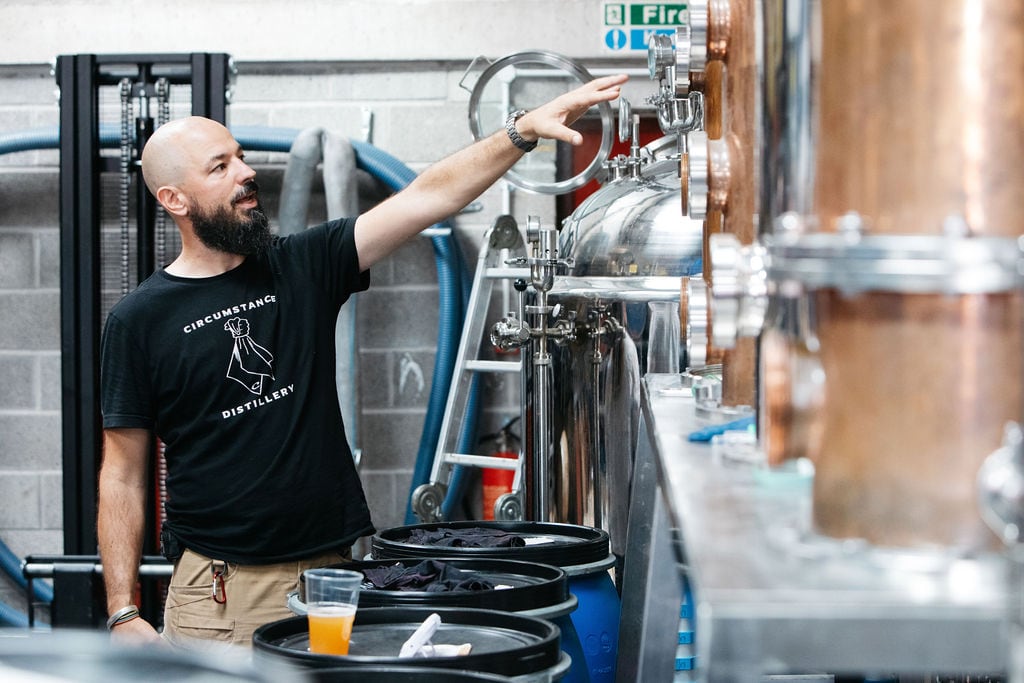Among those to watch out are drinks made in Europe across a wide range of categories that could give your pub the edge over rivals.
Experts behind the European Union’s More Than Only Food & Drink campaign – which was launched last year to promote the EU’s range of food and beverages across the UK market – have told The Morning Advertiser about the key trends to look out for.
Their advice is clear: stay ahead of evolving consumer behaviour but don’t forget the enduring appeal of traditional European craftsmanship.
Promotional content
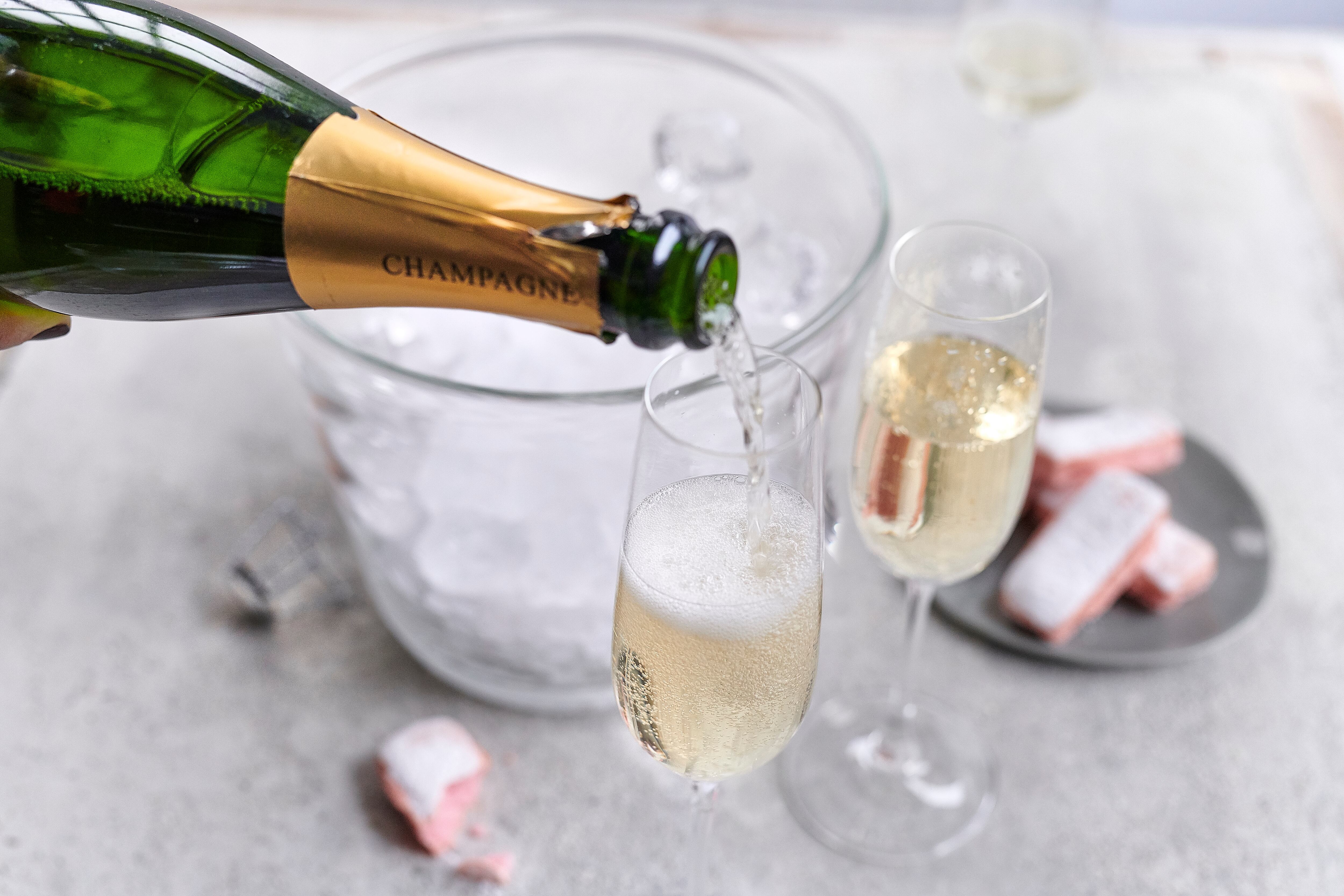
Tradition with a twist: How EU spirits are blending craft and innovation behind the bar
Kristiane Westray, spirits expert and ambassador to the EU’s More Than Only Food & Drink campaign, explores how the EU remains a key player in shaping UK bar culture through its blend of quality, innovation, and authenticity.
The European Union is home to some of the world’s most celebrated distilling traditions — from Irish Whiskey PGI from Ireland and Cognac PGI from France; to Polish Vodka PGI from Poland and Rum da Madeira PGI from Portugal. Steeped in craftsmanship yet alive with innovation, these spirits are defining the direction of the modern bar through their focus on provenance, sustainability, and flavour.
EU exports of spirits and liqueurs totaled €8.9bn globally last year . This success is built on the EU’s rigorous Protected Geographical Indication (PGI) and Protected Designation of Origin (PDO) systems, which protect regional expertise while giving producers the creative freedom to evolve with consumer tastes.
“Brands that resonate most strongly with consumers are those that act from their values,” says Kristiane Westray, ambassador to the EU’s More Than Only Food & Drink campaign. “EU spirits producers, especially those with PGI and PDO status, combine heritage and quality in a way that builds real trust and emotional connection.”
“While heritage is major selling point of EU spirits, the region is also at the forefront of innovation that is feeding into new and emerging drinks trends.
“One such trend that has been driving bar menus in 2025 is the rise of savoury serves. Bartenders are embracing herbal, saline, and vegetal flavour profiles, using gins, genevers and absinthes infused with local botanicals, seaweed and citrus. These complex, umami-forward spirits reflect diners’ growing appetite for food-inspired cocktails that complement modern menus.
“Equally, the growth of low- and no-alcohol options is transforming festive drinking occasions. Health-conscious guests are seeking flavour without intoxication, prompting producers across Italy, France, and Germany to reinvent aperitifs such as Amaro, Suze and Kräuterlikör, creating aromatic, lower-ABV serves that balance moderation with indulgence.
“Finally, hyper-localisation continues to influence both distillers and consumers. Small-scale EU producers are highlighting native grains, fruits and botanicals, celebrating their local terroir while reducing transport miles and environmental impact. Many are also adopting regenerative practices, circular production methods and renewable energy – proof that sustainability can be both a philosophy and a flavour. It is sustainability expressed through storytelling – connecting every sip to a sense of place.”
Together, these values of heritage, authenticity, and innovation ensure EU spirits remain a source of inspiration for bartenders and a benchmark of quality for hospitality worldwide.
For more information about the campaign, please visit the website: https://enjoy-its-from-europe.campaign.europa.eu/united-kingdom/en.
The United Kingdom’s exit from Europe as voted for in 2016 has had a huge impact on the UK hospitality sector.
A large voter turnout for the referendum of 72.2% of the eligible electorate saw the ‘leave’ votes reach 51.9% while 48.1% wanted to ‘remain’ in Europe.
However, staffing remains a big problem as many operators in the on-trade continue to struggle to find employees and recent hikes in the national living wage and employer national insurance contributions also add further strain to the sector.
Trade has dampened too with our counterparts across the English Channel but it need not be the case, particularly with almost all drinks categories in hospitality.
Additionally, there are new EU rulings set to come into place that will affect the UK when it comes to low & no wines – and these could spark a step-change in labelling for example that will likely see a change in descriptors over here too.
All these things are lining up to potentially make this an even happier Christmas than was scheduled.

Low & no alcohol drinks
On low & no alcohol drinks, the EU acknowledges mindful drinking continues to reshape festive celebrations.
The campaign says research from Aviva shows 61% of 18 to 24-year-olds plan to reduce or stop drinking over the next year – a figure that rises to 68% for 25 to 34-year-olds.
And with more than half (53%) of UK adults admitting to consuming low or no in the past 12 months, the category is forecast to grow strongly and this represents “an unmissable opportunity” for pubs and bars to broaden their offer and build loyalty among increasingly health-conscious consumers.
More Than Only Food & Drink campaign ambassador and beer presenter Mark Dredge explains: “We’re now at a stage where it’s fully acceptable to choose alcohol-free beer in a restaurant or bar. This is helped by having so many good quality options available.
“Countries with strong brewing traditions were among the first to embrace low & no alcohol options. Germany, for instance, offers excellent alcohol-free lagers and wheat beers, such as Münchener Bier PGI (Protected Geographical Indication), while Spain produces superb alcohol-free lagers. Denmark’s alcohol-free IPAs also stand out.
“To maximise festive sales, operators need to reduce the barriers to choosing alcohol-free drinks and make the options clear.
“By showing that you are taking non-drinkers seriously, operators will increase their appeal to wider groups and encourage non-drinkers to stay for longer.
“Serving an alcohol-free beer on draught is even better as it gives anonymity to those who don’t want to drink alcohol.”
Wine has been much slower to respond to the alcohol-free movement than beer.
More Than Only Food & Drink campaign wine consultant Neil McAndrew
Wine has been slower to adapt to the low & no movement, according to More Than Only Food & Drink campaign wine consultant Neil McAndrew but believes innovation is accelerating.
Sales of alcohol-free wine rose 8% in the EU last year and new techniques are improving the flavour profile of de-alcoholised options.
He says: “Wine has been much slower to respond to the alcohol-free movement than beer. This is partly because stripping out the alcohol removes many of the key flavours from wine, whereas de-alcoholised beer still retains its familiar taste derived from hops, malt and yeast.
“Fortunately, innovation is moving things forward rapidly. Both established producers and those new to the market are leading the charge. Germany, for example, is a market leader – most Mosel PDO (Protected Designation of Origin) wines are already low in alcohol, so there’s less alcohol to remove, resulting in a more traditional wine taste.”
And McAndrew states operators need to stock an attractive range for mindful drinkers. There are good examples of still and sparkling alcohol-free wines coming through from classic regions such as Provence and Bordeaux, alongside excellent German wines. Customers expect choice – and those who don’t see it may take their business elsewhere.
New labelling requirements will be very important. Hopefully, the European Union Commission accepts ‘alcohol-free’ to go up to 0.5% ABV.
Irem Eren, low & no wine expert
Meanwhile, the European Union thinks new rules – particularly on low & no alcohol wine – will help the wine industry combat the loss of consumption it is facing.
On 28 March 2025, the European Union Commission proposed new regulations to regulate alcohol-free wines, no alcohol wines, etc. because “it’s like the ‘Wild West’ of definitions because you have low alcohol, light alcohol, alcohol free, no alcohol, de-alcoholised wine, partially de-alcoholised wine and it’s confusing the consumers and the trade itself,” low & no wine expert Irem Eren told the No, Low, Mid London summit on Wednesday 22 October.
She adds: “By 19 June, the European Union Council – the member states – adopted it for all the nations in the European Union and approved it. Now it is waiting for the European Union parliament’s vote on 5 November this year.
“The earliest it will be implemented is February 2026 or it could be in November 2026.
“New labelling requirements will be very important. At the moment, we don’t have standard terms but hopefully we’re going to and the European Union Commission accepts ‘alcohol-free’ to go up to 0.5% ABV – this would be good and we don’t need to 0.0% ABV to call it alcohol-free.
“‘Low alcohol’ is a grey area because they say anything above 0.5 and below 8.5 is considered low alcohol but now they put a new clause here: it needs to be minimum 30% reduced alcohol than the lowest of the category. But still, it’s a huge bracket for the low alcohol category.”

However, the Wine and Spirit Trade Association (WSTA) said the new EU rules have not been agreed yet as the EU Council negotiates with the European Parliament and a compromise text is being developed and “we don’t yet know quite what that is going to look like”.
It said rules governing how off-label information should be signposted on labels is being discussed, which the WTSA said is welcome because “the whole idea of using a digital solution is that it should be language neutral – ie, use a recognised symbol and then the tech will provide the information (full nutrition and ingredients) in the language of the EU country you are scanning the QR code”.
The trade body says this is needed because the regulations, as currently drafted, are open to interpretation, which has resulted in different EU member states applying different labelling regimes which, of course, is unhelpful.
It also states there is a need to provide alternative terms for ‘de-alcoholised’ and ‘partially de-alcoholised’ wine and says: “Again, we welcome the intention but it’s important that any terms agreed don’t mislead the consumer. De-alcoholised wine is probably likely to end up being able to be called ‘no alcohol’ or ‘zero alcohol’, which we would support.”
It adds ‘partially de-alcoholised’ is a trickier term and a solution isn’t clear, saying some of the proposed terms eg, low alcohol for products, which could be as high in alcohol as say 7% ABV, is something it cannot support.
The WSTA concludes the rulings, whatever happens, is somewhat academic here because the UK has not adopted the original EU rules because these came into force post-Brexit.
More Than Only Food & Drink campaign ambassador and spirits writer Kristiane Westray says taste is the main aspect in the low & no spirits sphere.
“It’s clear there’s no one-size-fits-all approach to success in this space. The most important consideration for hospitality is that the flavour experience will win out over anything else. It might be easy to sell that first cocktail on a social media trend but it’s quality that counts for repeat sales. Pay attention to that above anything else.”
She adds in terms of low-alcohol serves, savoury flavour profiles are proving particularly popular. This aligns with the motivations behind people’s decisions to cut back – if they’re reducing alcohol, they often want to reduce sugar too.
Long drinks made with the likes of Swedish Aquavit PGI, Amaro and other bitters play into this trend, and aperitivo-style alcohol-free spritzes can really fit the bill.
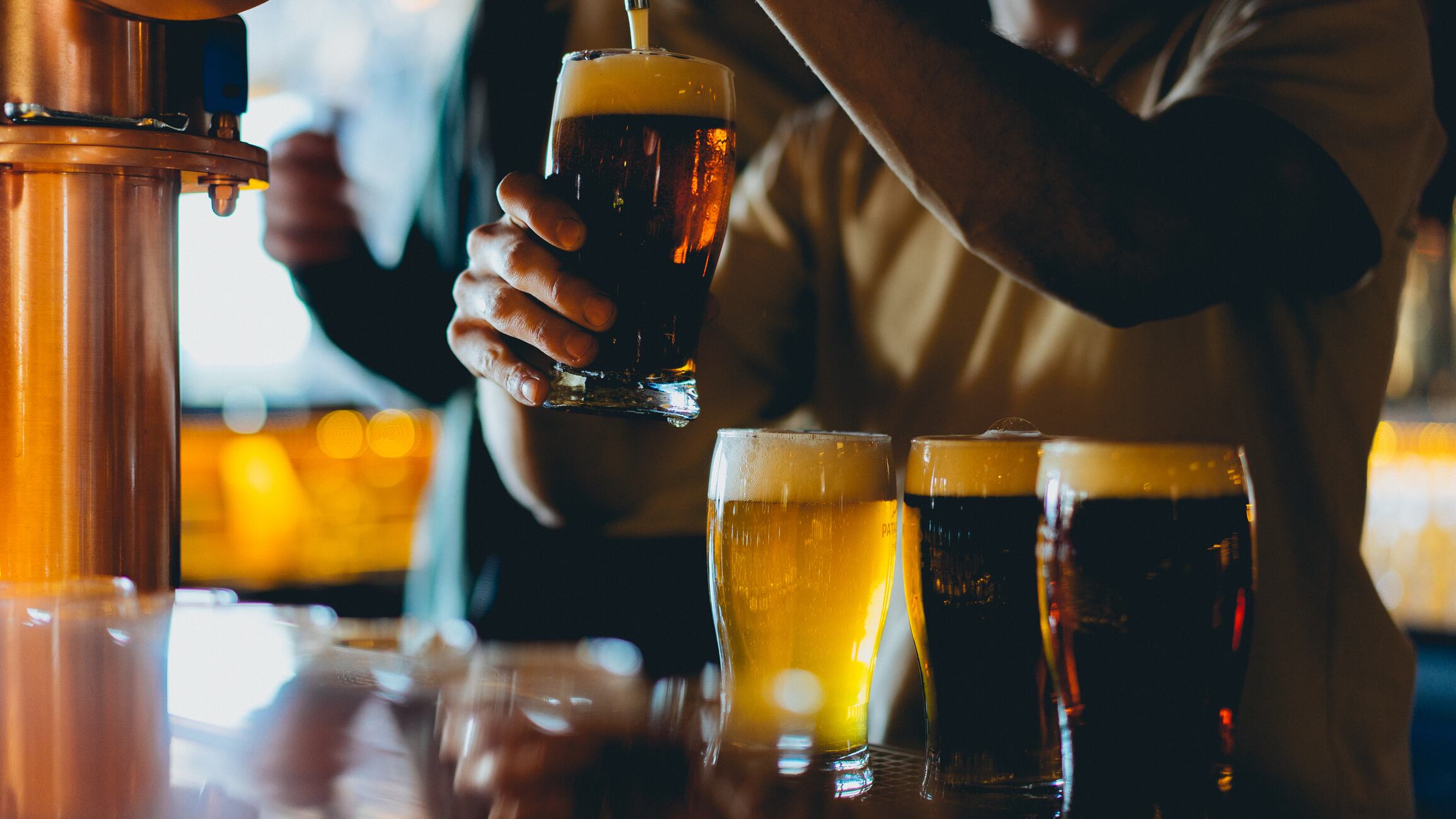
Full strength beer trends
Even on full strength beer trends from the EU, beer ambassador Dredge predicts this could be the first Christmas where drinkers consciously alternate between standard and low-ABV beers.
Countries with strong beer traditions were early to embrace low & no options but Dredge also champions higher-ABV brews for food pairings. “I personally drink a lot of Belgian beer at Christmas because of the way it stands up to our traditional Christmas food,” he states. “Belgian Christmas beers especially are strong and rich enough for the big Christmas flavours and are a natural fit for festive dishes.”
He adds: “While some countries add festive flavours during the brewing process, the Belgians bring out the flavours of distinct yeast profiles such as clove – a characteristic that comes naturally from the yeast itself.”
Chocolate pairs particularly well with Belgian sours and fruit beers, while cheese and beer share a natural affinity – both offering upsell opportunities.
For larger gatherings, he advises stocking high-quality lager. “It makes sense to upsell to Bayerisches Bier PGI from Germany or České Pivo PGI from the Czech Republic, where there is heritage and pride in production. We are also seeing a renewed interest in fruit beers, and again, I’d suggest leaning on the classics from Belgium, such as Kriek or Framboise, which are made with real fruit and are a natural expression of the style.”
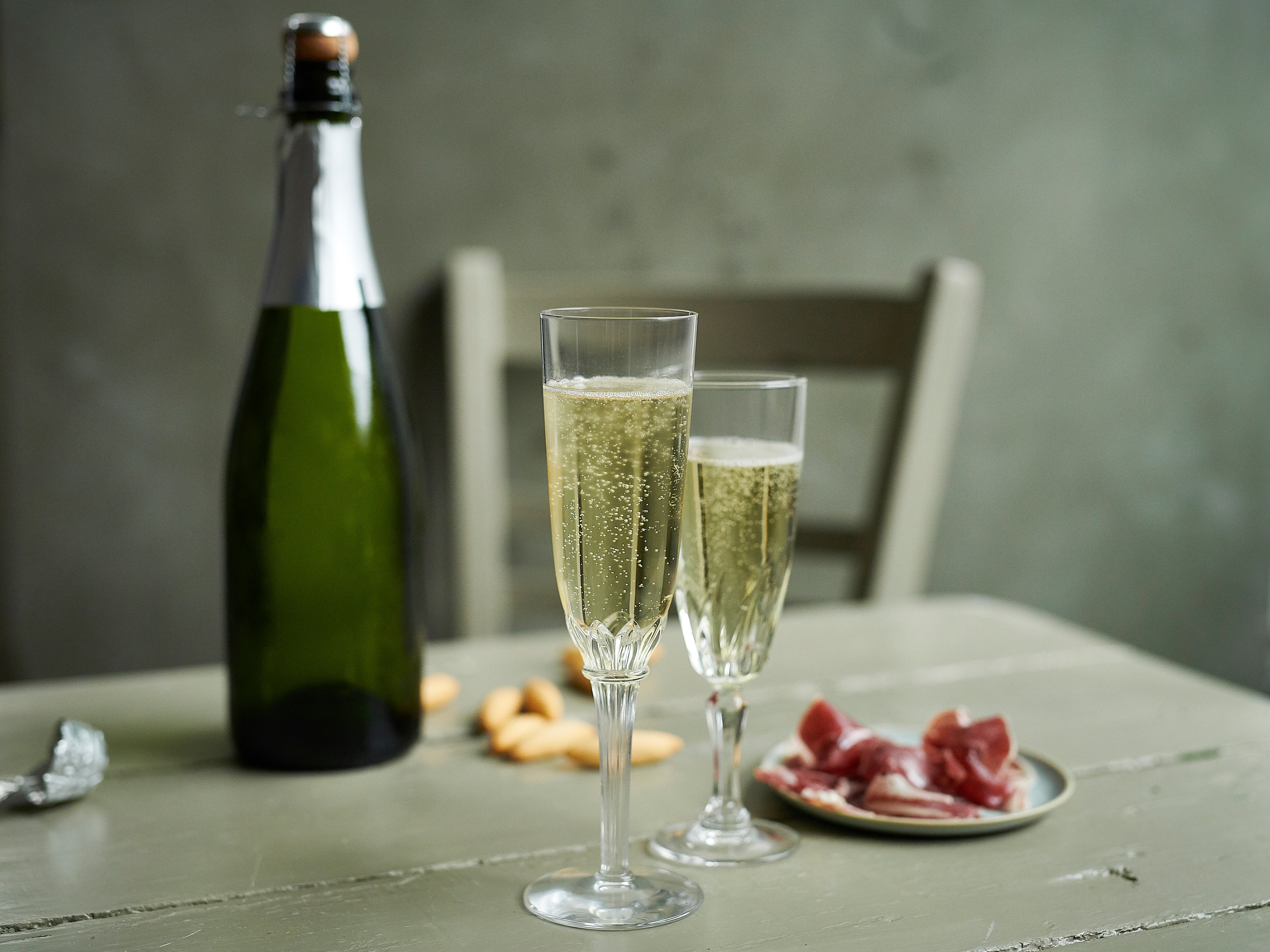
Less but better in wine
Wine remains a cornerstone of the festive season but consumer behaviour is shifting towards a ‘less but better’ mindset.
McAndrew notes that while Champagne PDO remains the ultimate celebratory pour, Crémant continues to rise in popularity across hospitality. “Operators should also watch for a renewed interest in Blanquette de Limoux, Winzersekt from Germany, Franciacorta PDO from Italy, and quality Cava PDO from Spain,” he says.
“The classic regions always perform well during the festive period, as customers focus on certainty and consistency over experimentation. From France, Bordeaux (Cabernet Sauvignon, Merlot, Cabernet Franc) and Burgundy (Pinot Noir, Chardonnay) remain firm favourites. Spain’s Rioja (Tempranillo, Garnacha) and Italy’s Chianti (Sangiovese) also continue to be popular choices, ideal for both gifting and celebrations.”
He also notes a renewed appreciation for sweeter styles, particularly Port PDO from Portugal.
And for Christmas, McAndrew concludes: “The most successful operators see their offer through the eyes of their guests. Structure your list clearly – by country or by style – and make sure staff can talk about the wines with confidence. Host tastings, highlight ‘staff favourites’ or best buys, and use tasting notes to tell the story behind the label.”
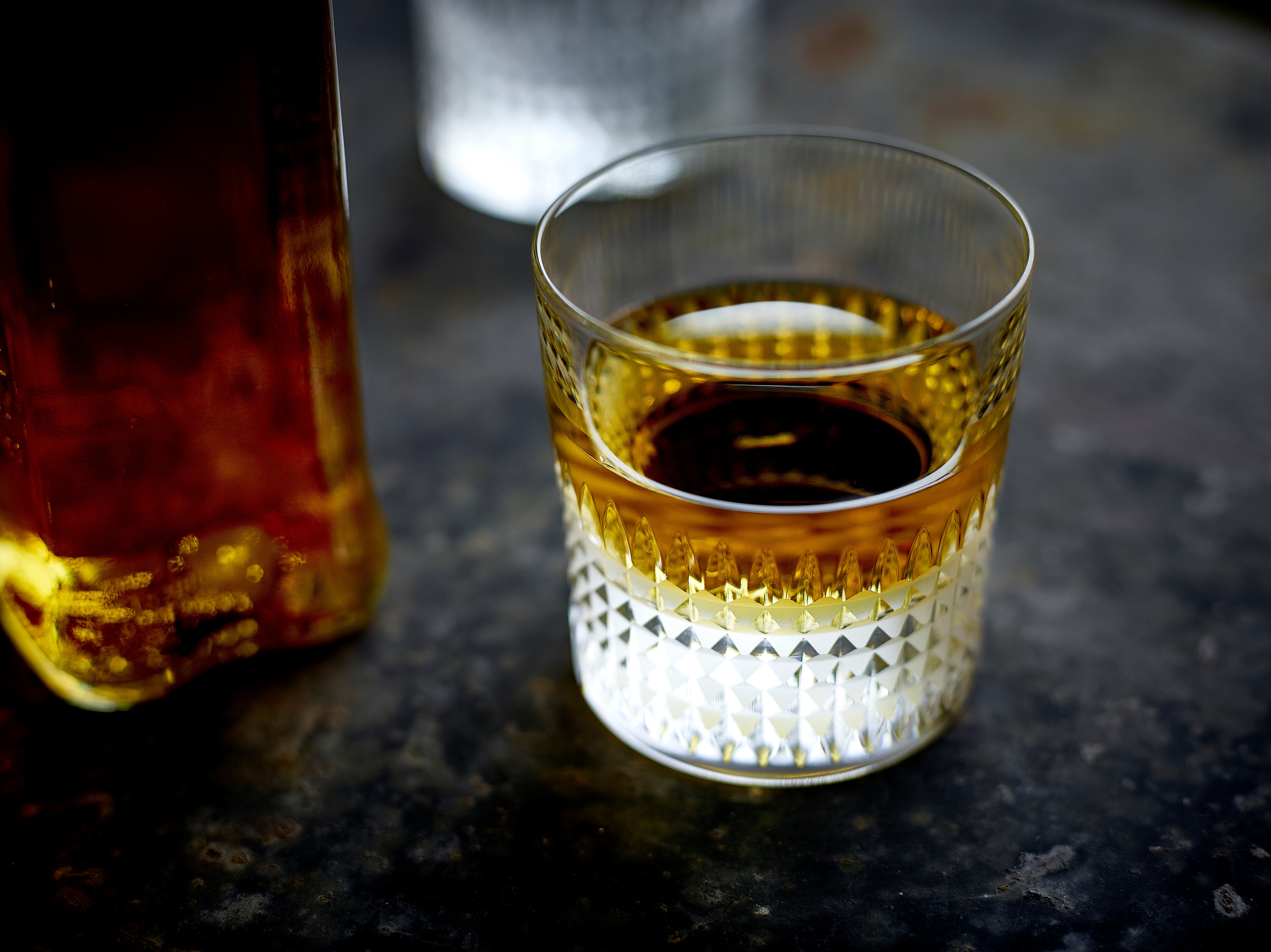
In great spirits
Spirits expert Westray says the European Union is renowned for its rich array of heritage spirits and celebrated distilling traditions.
And cites examples including Swedish Aquavit PGI and Irish Whiskey PGI to Italian vermouths and French Cognac PGI, where there is “immense innovation and a spirit for every palate this Christmas”.
EU exports of spirits and liqueurs totalled €8.9bn globally last year, underlining their global popularity. With products protected by Protected Geographical Indication (PGI) and Protected Designation of Origin (PDO) schemes, each bottle offers quality, authenticity and traceability.
“Take Cognac PGI from France,” says Westray. “The elegant, complex aged brandy is made to meticulous standards – from vineyard location and harvest timing to direct-fired stills and minimum oak ageing.
“While there are a handful of well-known houses, there are around 300 producers so there’s always something new to discover. The vibrant fruit, silken caramel and luxuriously spiced profile are deliciously festive.”
She adds Irish Whiskey PGI is another stand-out drink, which comes from across the entire island of Ireland, single malts, single pot still and blended styles offer “stunningly smooth sipping options” and notes Irish cream liqueurs remain “the ultimate December treat”.
Cassis PDO from France brings sweetness to a flute of fizz; Polish Vodka PGI anchors festive cocktails; Italian vermouths are perfect for low-alcohol long drinks; while Genever PGI from Belgium, the Netherlands, France and Germany, alongside gins, taps into the savoury cocktail trend.
Clearly, there’s plenty the UK can still enjoy from the EU and taking the plunge and stocking a wider range could give any operator a step up in class and the ability to see off rivals this Christmas.



